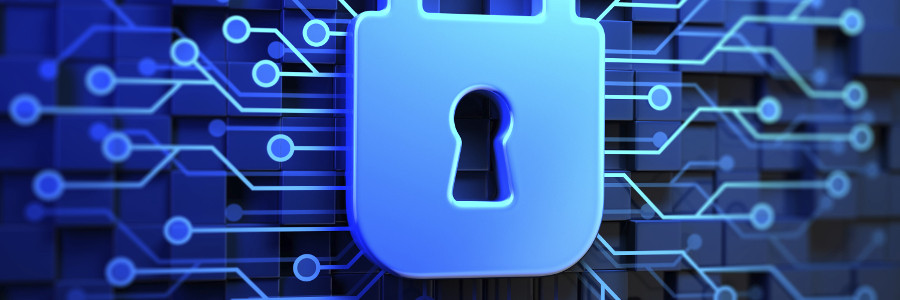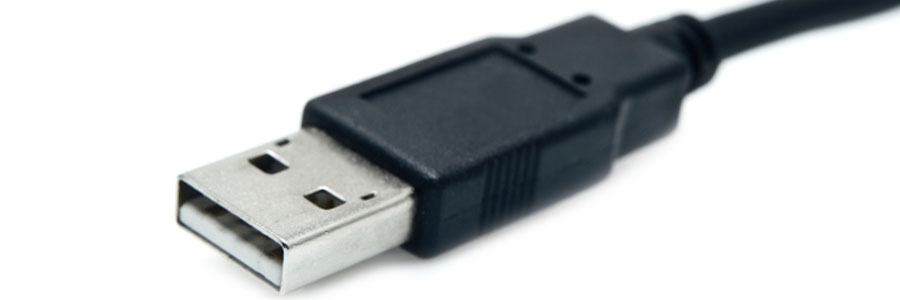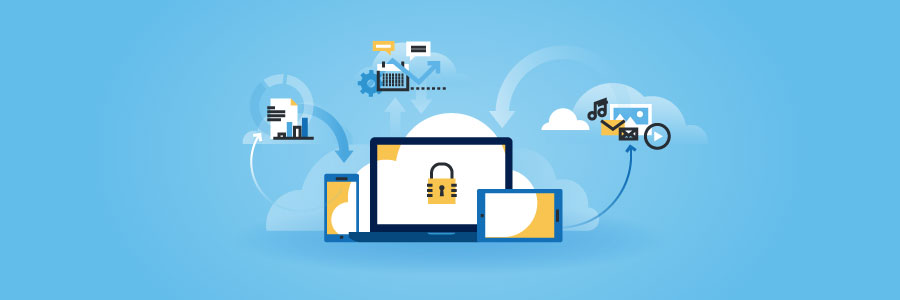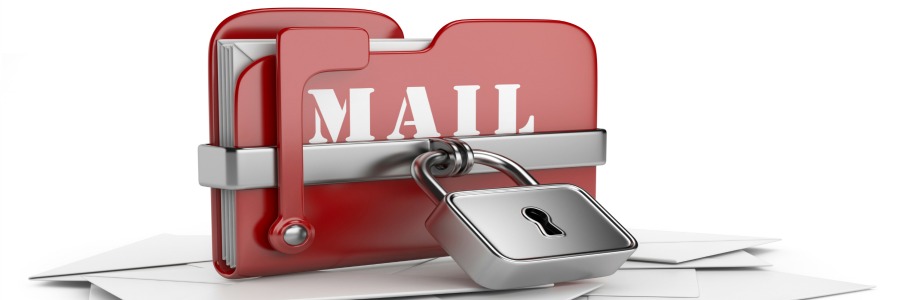With over four billion internet users around the globe totaling roughly 59% of the population, the internet is rife with opportunities for hackers to steal users’ information. And with technology constantly evolving and the internet growing, it’s not likely to get safer anytime soon.
Your Computer Guy, Inc.
Providing Just The Right Amount of IT®
Royal Palm Beach, FL 33411
United States
Avoid these 5 bad business security practices
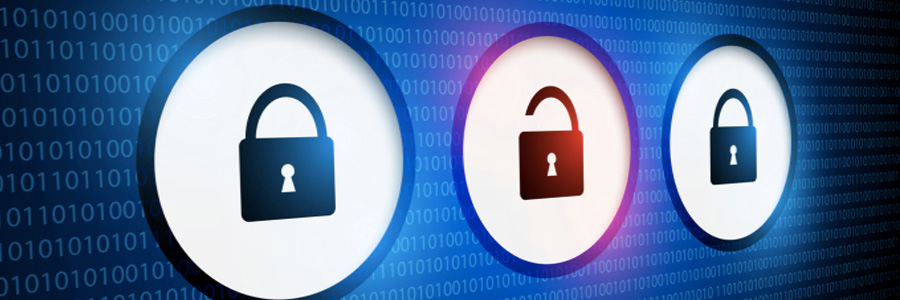
Many small- and mid-sized businesses struggle to protect their data, often neglecting a critical component in their security strategy. If your organization still follows one or more of these bad security practices, correct them as soon as possible.
Open wireless networks
With just one main internet line and a couple of wireless routers, an entire office can get online.
What is juice jacking, and why is it dangerous?
What are two-step and two-factor authentication?
Small- and mid-sized businesses need cybersecurity

If your company has recently suffered from a data breach or a ransomware attack, then you know how costly it can be. You lose not just hundreds of dollars but also the reputation you’ve built through the years. That’s why you need cutting-edge cybersecurity solutions to protect your business from ever-growing cybersecurity threats.
Everyone’s role to play in proactive cybersecurity
How to pick a VPN for your business
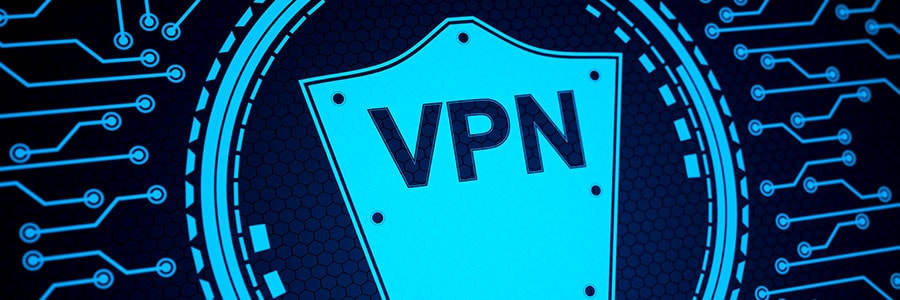
A virtual private network (VPN) offers a host of security and privacy benefits, especially if you’re surfing the web or transacting online over a public Wi-Fi network. A VPN ensures that your online activities are always secure and private. So what factors do you need to consider when selecting a VPN, and how do you pick one? Read on to find out.
How you keep your email account safe
The threat of distributed spam distraction
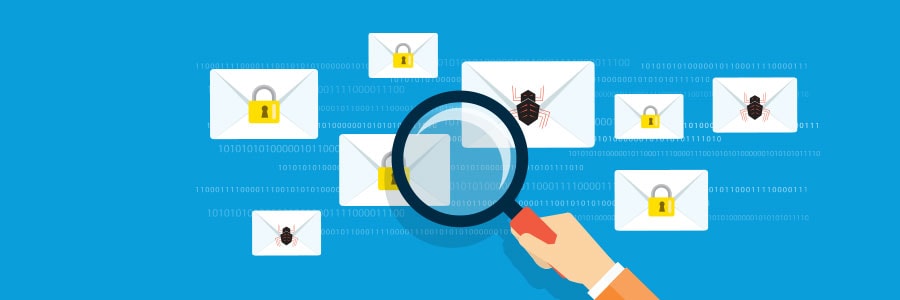
You wouldn’t think that cybercriminals would carry out their nefarious schemes in plain sight — except that they do and you’ve probably already fallen victim to them. Learn all about a scheme called distributed spam distraction (DSD) and how malicious actors are using it to steal valuable information from their victims.
It’s time to rethink your password strategy

In 2003, the National Institute of Standards and Technology (NIST) stated that strong passwords should consist of upper- and lowercase letters, numbers, and symbols. Recently, however, the institute reversed its stance. Find out why and learn what their new recommendations are for creating strong passwords.

